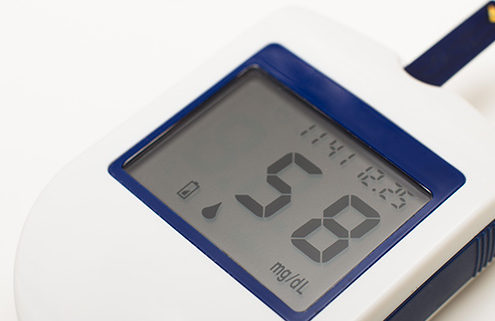
Hypoglycemia: Gimme some sugar!
Glucose is an important nutrient required for basic cellular metabolism and is the obligatory source of energy for the brain. Many problems can arise when glucose is not regulated appropriately.

Thermoregulation in the ICU: To treat or not to treat?
In the face of disease, thermoregulation may be adversely affected. Knowing why the body is altering a patient’s core temperature is essential for the veterinary team to understand in the ER & ICU.
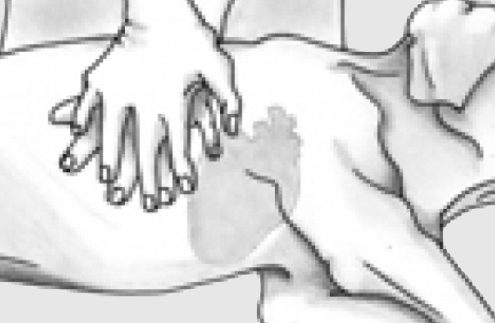
RECOVER CPR guidelines: What you need to know!
Clinically-relevant guidelines from the Reassessment Campaign on Veterinary Resuscitation (RECOVER) initiative for CPR guidelines
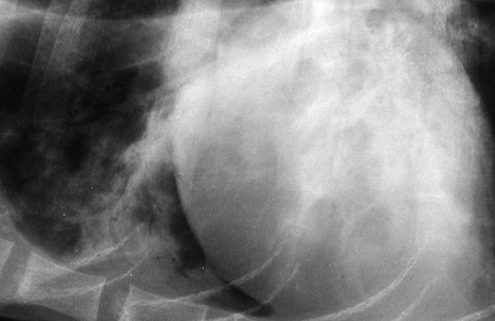
Take a deep breath: The technician’s role in respiratory emergencies
Critical thinking is the essential first step in treating any emergency that enters your hospital. This is even more vital in the case of respiratory emergencies.

Imaging the acute abdomen
The term acute abdomen refers to a patient presenting with acute clinical signs and abdominal pain due to a disease process of an abdominal structure. Read more about this common presentation in emergency veterinary medicine.
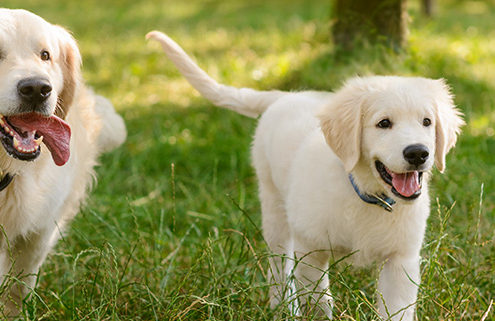
It’s getting hot in here: Heatstroke in dogs
Heatstroke is described as a form of “hyperthermia associated with systemic inflammatory response leading to a syndrome of multiorgan dysfunction in which encephalopathy predominates.”

Lost in the weed: Marijuana toxicosis in the age of legalization
Marijuana is the most commonly used illicit drug in the United States and with the growing number of states allowing its use medicinally and recreationally, there is bound to be an impact on veterinary medicine.

It's getting harder and harder to breathe: How I treat pneumonia
Bacterial pneumonia is fairly common in vet med. This post provides an in-depth discussion of diagnosis and treatment.

No pain-true gain?
Half of all veterinary patients present emergently in pain, especially dogs presenting with orthopedic or neurosurgical conditions, yet rapid and accurate identification and scoring of pain remains challenging.

Non-invasive point-of-care monitors in ER/ICU and anesthesia
In this post, Stephen Cital discusses the Radical-7 Pulse CO-Oximeter by Masimo Corp., the only FDA-approved non-invasive CO2-oximeter marketed for veterinary use.
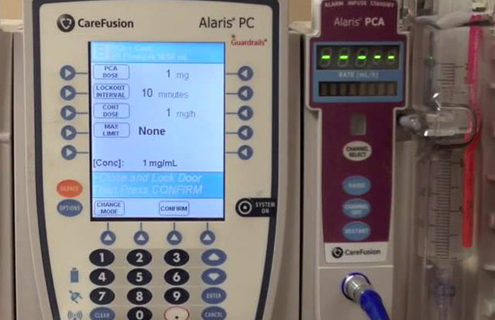
Water, water everywhere: Fluid choices in the hospitalized patient
Fluid therapy is a crucial part of the treatment of patients in the emergency room and the critical care unit. Though it has great ability to help our patients, like any medical intervention, it has the potential to do harm as well. Having a greater understanding of the fluid balance within the body, the effect of different disease states on this fluid balance, and the fluid choices available for treating our patients is vital to maximizing patient benefit, while minimizing side effects of therapy.

Synthetic colloids: A friend or foe?
Synthetic colloids are a combination of water, electrolytes and large molecular weight molecules that contribute to the oncotic force (colloid osmotic pressure, COP) of the intravascular space. This post covers the pros and cons of their use.

Limiting dependence on transfusion for the critically-ill patient
This post reviews the pillars of patient blood management, including maximizing red cell mass, optimizing hemostasis, and techniques to recover active hemorrhage.

The clot thickens: Thromboembolic disease in dogs and cats
Nicole Barrella, DVM
Massachusetts Veterinary Referral Hospital,…
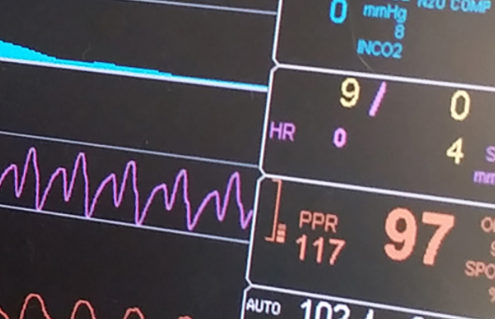
Blood, sweat and tears: Approach to the canine hemoabdomen
Hemoabdomen is the presence of free blood in the peritoneal cavity and is a frequent emergency in small animal medicine for dogs and cats. This article discusses nontraumatic and traumatic hemoabdomen.
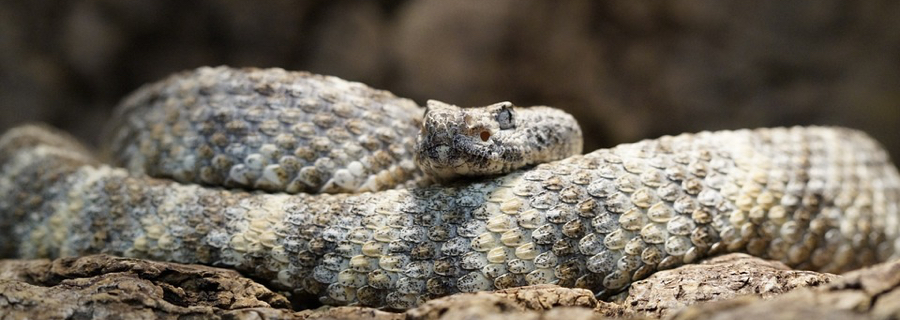
Rattlesnake bites
Summer is at full steam, birds are chirping, stir crazy dog-owners and their trusty companions are hitting the trail and basking in the glorious Colorado sun; however, they have company out there on those rocky foothills trails.
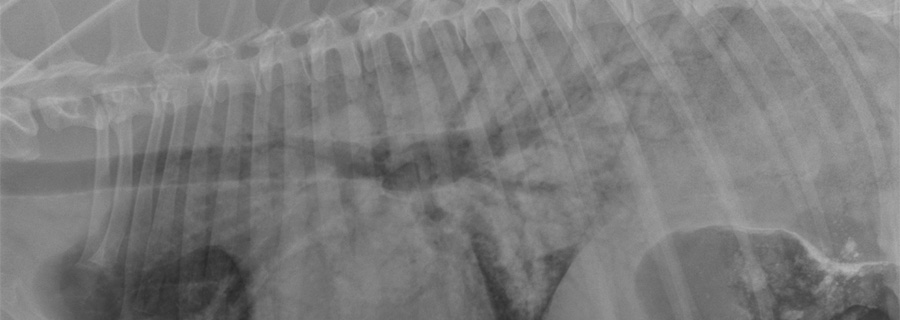
The shocking truth about non-cardiogenic pulmonary edema
Non-cardiogenic pulmonary edema (NCPE) is defined as a pathologic accumulation of fluid within the lungs of a patient without primary cardiac disease. It results from an increase in permeability at the alveolar-capillary bed coupled with an increased hydrostatic pressure in the vasculature surrounding the lungs.
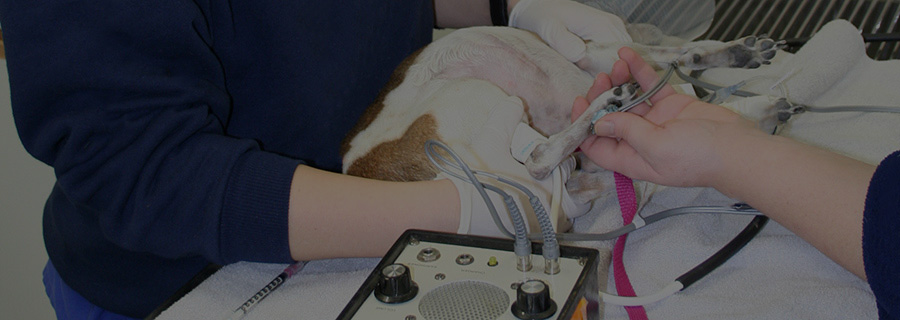
Taking indirect blood pressures
Appropriate systemic arterial blood pressure is vital for survival in any species. In practice, we are faced with many reasons and conditions to obtain and interpret a patient’s blood pressure, such as anesthesia, cardiovascular disease and kidney disease. This post provides tips to ensure accurate BP measurement.

Red blood cell transfusions
Small animal veterinary blood products have become much more accessible over the past decade. Check out this article on red blood cell transfusions.

Toxicology update: New offenders and treatments
The goal of this article is to provide awareness of some of the newer toxicities, their common clinical signs and basic treatment recommendations. An update on toxicology treatments is also provided.
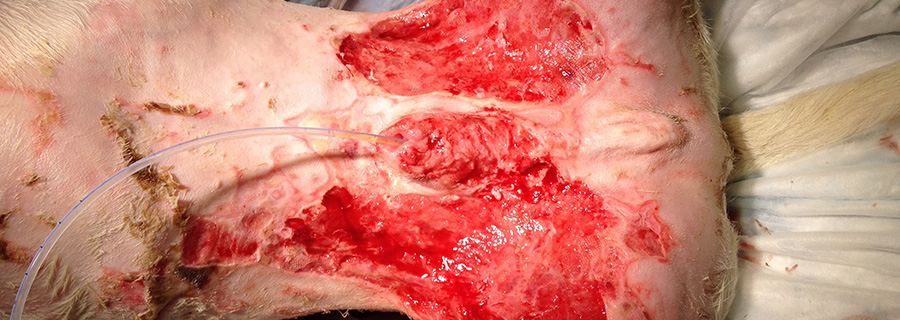
Fundamentals of chronic wound management
Traumatic wounds are an important cause of morbidity and mortality in small animal medicine, having a significant impact on both the patient and the owner. This article discusses the management of chronic wounds.
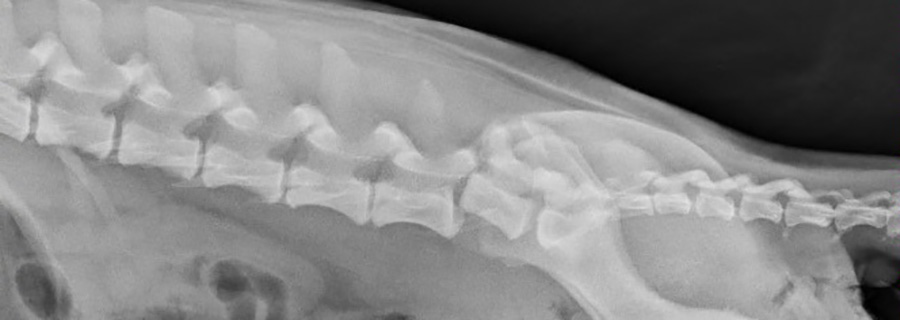
Solu-Medrol: Friend or foe?
2 Comments
/
Acute spinal cord injury (SCI) secondary to external trauma or intervertebral disk disease is a common cause for paresis and ataxia in people and dogs. This article discusses the pros and cons of Solu-Medrol and reviews the veterinary and human medical literature.

Perioperative hypothermia
Body temperature is closely maintained in mammals around an optimal set point at which ideal cellular function can occur. This is a complex process that ultimately results in a balance between heat production and heat loss. The hypothalamus acts as the main regulator of this process with multiple sensors throughout the body.

Toxicology review & update
Rachel Morgan, DVM and Sarah Allen, DVM, DACVECC
Massachusetts…

Canine albumin (lyophilized)
Hypoalbuminemia can be the result of numerous conditions including protein losing nephropathy, protein losing enteropathy, intra-thoracic or intra-abdominal effusions, liver failure, or severe hemorrhage. Prior to the availability of canine serum albumin

Epsilon Aminocaproic Acid
Epsilon aminocaproic acid (EACA) is an antifibrinolytic that can prevent excessive bleeding post-operatively, post-trauma, and in relationship to neoplasia.

What's your radiographic diagnosis? Vomiting Bulldog
A 6-month-old, sexually-intact male English Bulldog was presented to the ER Department for acute onset vomiting for approximately six hours. What is your radiographic diagnosis?
